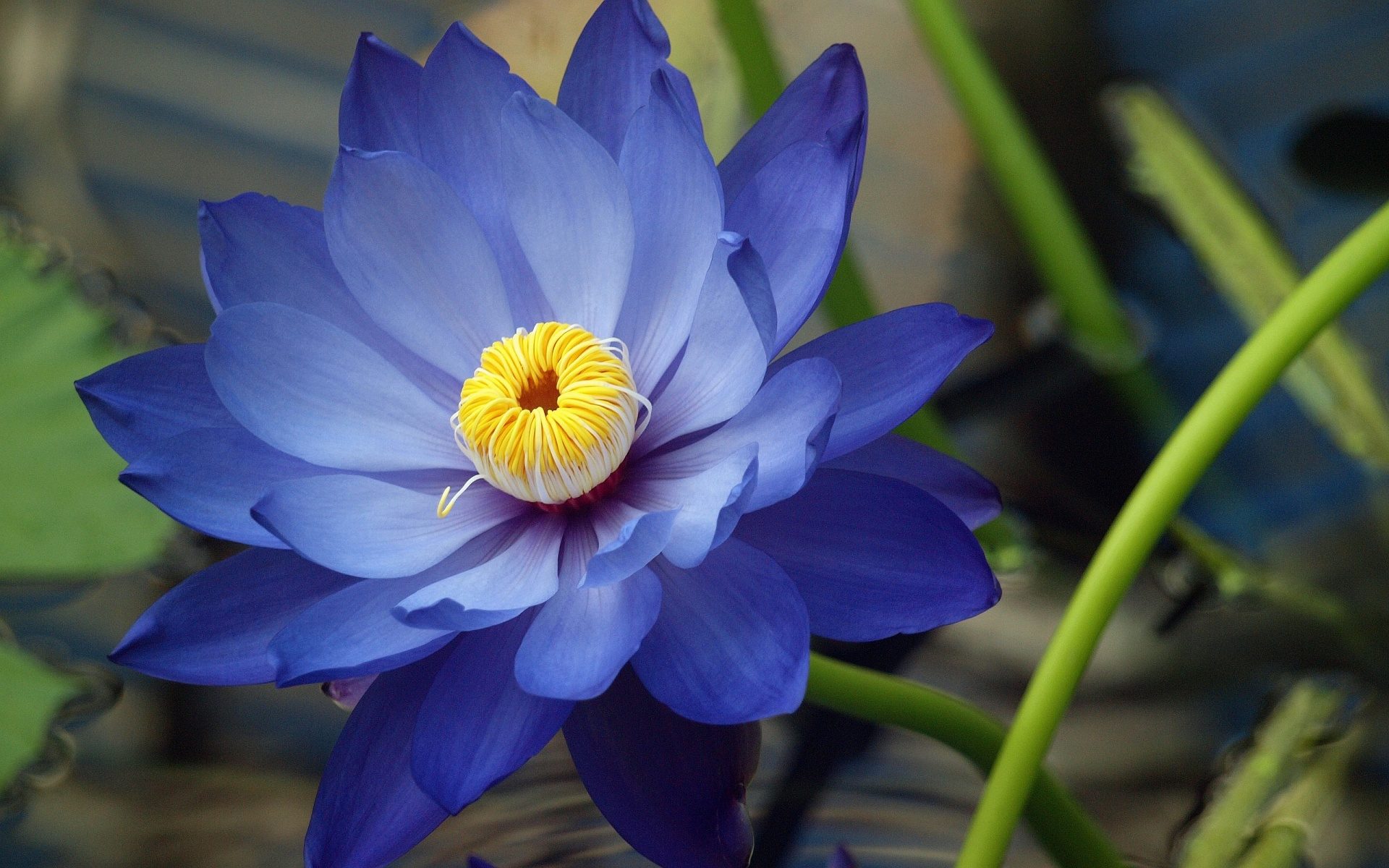You also might want to consider packing your bags and moving to Uruguay. The South American country announced yesterday that beginning this July, cannabis will be available over the counter at local pharmacies.
Uruguay legalized marijuana in 2013, becoming the first country in the world to do so, but this year’s regulations will mark the first time residents will be able to walk into a store and purchase their bud.
According to the BBC, presidential aid, Juan Andres Roballo held a press conference to announce the over the counter program.
As a part of the country’s new cannabis program, everyone who purchases marijuana from stores must be on a national registry open only to only long-term residents and Uruguayan citizens. So while buying bud won’t be as easy as purchasing a pack of cigarettes, the pharmacy cannabis will be sold for a fixed price of $1.30 per gram – a pretty good bargain if you ask us.
The regulations and registry mean that Uruguay probably isn’t poised to be the next cannabis tourism hot spot, but it will make life easier for residents hoping to get their weed without hassle.
Uruguay’s government has initially signed up 16 pharmacies to launch the program but plans to add more as the registry builds.




















